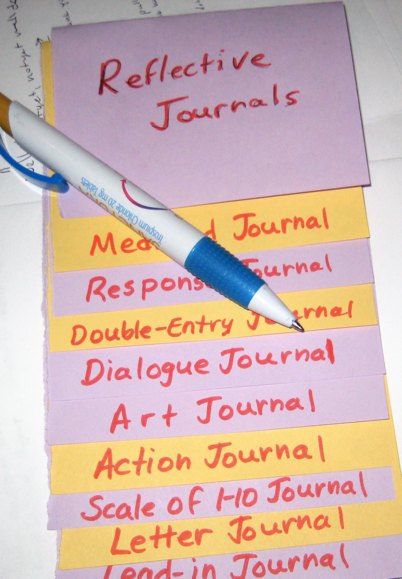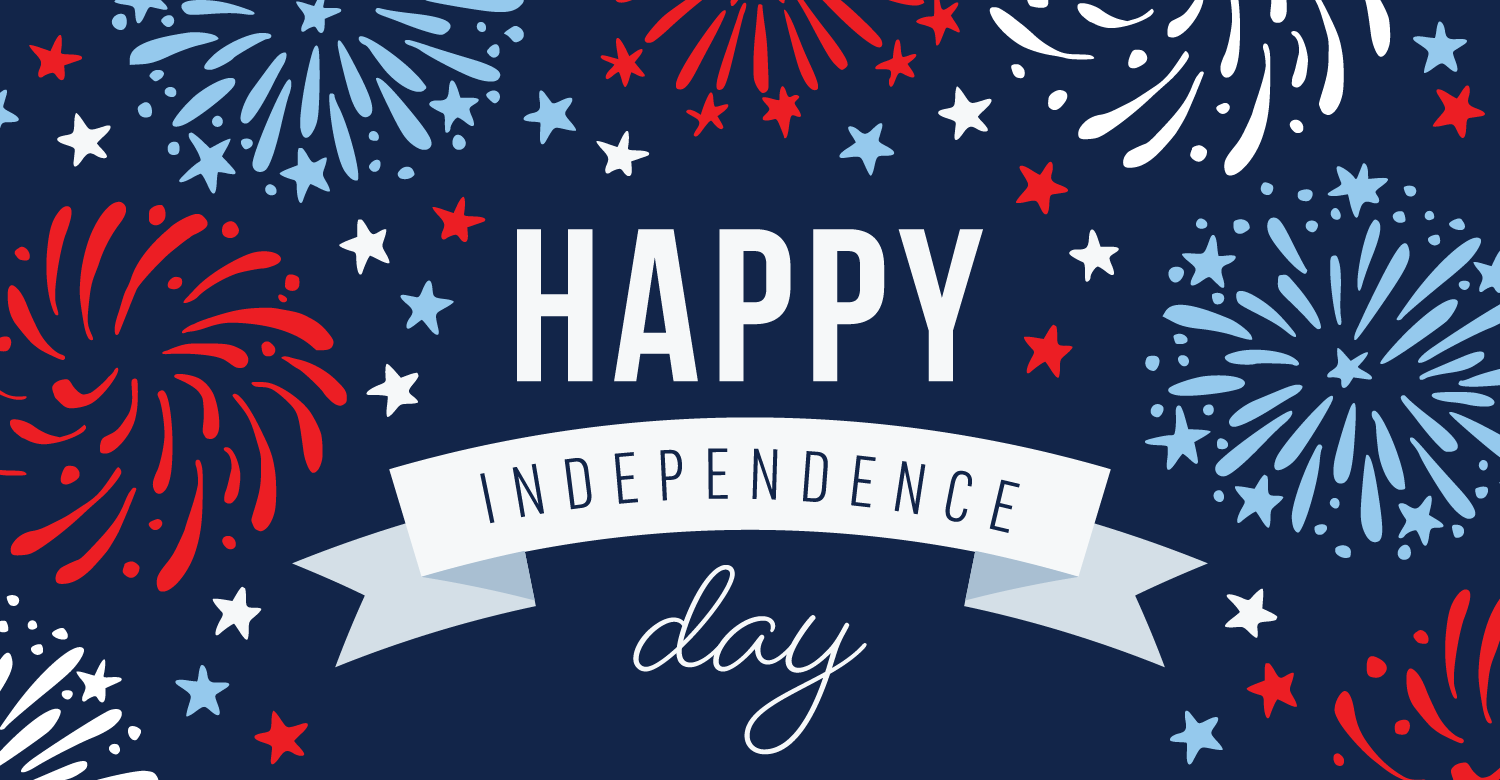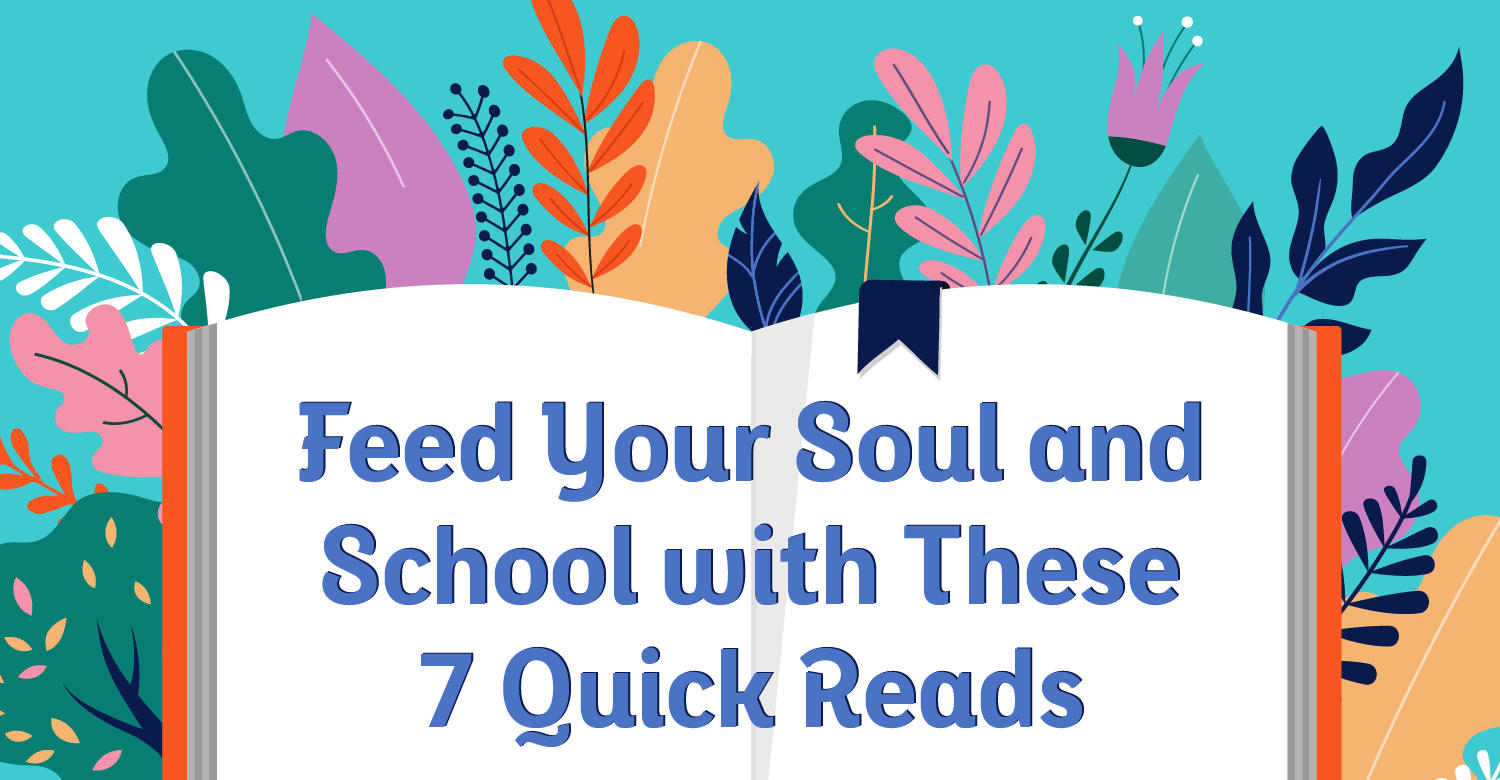As I look back on my own educational experiences, there are two powerful instances that revolve around the use of student journals. In the first situation, I was a Master’s student and had been required to keep a journal for the term. It was to be an integration of reflections on the assigned textbook readings, the professor’s regular lectures, and class discussions, including the point of views expressed. The final blow was to track the informal leadership roles we were learning about, as they emerged throughout the course of the class. Even though I love to write, this was quite a daunting task to pile on us, considering most of us had full time teaching positions. Yet, I consider it one of the most profound learning experiences I ever had and I attribute that to the mindful reflections I wrote every evening after class.
In the second instance, student journaling that surely marks one of the most effective learning strategies with my multi-age classroom was the journaling assignment that accompanied our outdoor education week on the Rock River in DeKalb, IL. Students were required to keep a journal of each of the 5 days. They were asked to include their choice of daily activities, their reason for choosing them, how the class connected to their academic subject areas, and their assessment of the overall impact on them on a scale from 1-10 with reasons to justify their judgment.
I believe that the journaling experience offers students that vital metacognitive moment to step back from the learning itself, shift gears, and think about what they are learning. Has it been easy or hard, interesting or not; how does it connect and how might it be applied. These are the teachable moments that often slip away from teachers as they scramble to stay on pace, to address their required material and to move students along the scope and sequence of their curriculum. Yet, the reflection that can occur is invaluable as students anchor their learning with meaningful connections and reachable applications.
That said, there are many kinds of journals to use with K-12 classrooms that keep the reflective process fresh and inviting, yet afford students time in the busy schedule to actually think ore deeply about what they are learning and what they are able to do with that learning. Here are several journal designs that students can do as part and parcel of their learning cycle. I explain them in a step book that they can reference when they are selecting a journal to use that day. 
#1 The Mediated Journal
The Mediated Journal is a front-loaded journal and is a good way to begin. It acts as an advanced organizer with headings already assigned to the various pages of a fold over booklet. It is called a mediated or guided journal entry because the teacher has pre-selected (in advance) key ideas that she wants students to respond to or elaborate on as they proceed through the lesson or unit. For example, I used to do a Mediated Journal on the Brain. Sample Pages titled: Brain Vocabulary, Draw a Brian, Compare Brain/ Mind, Illustrate-Brain Cell, etc. At the end of the unit or lesson, students have key findings to review for the quiz.
#2 Double-Entry Journal
The Double-Entry Journal is a two-column journal with designated columns for informational notes, and reflective comments. In the left-hand column, students take notes from the text or lecture or from their peer discussions, just as they are used to doing. On the right-hand column, they re-read their notes and quickly jot down a thought, reflection, question, or quote…about the idea. Some students prefer to chart, draw, graph or somehow visualize the information on the reflective side. Sample: One double entry journal was used with the math class to help them make sense of the mysteries of math. Students would write the symbolic language of the math problem with formula and equations and math jargon. Then on the right side they would explain what these were.
#3 Electronic Dialogue Journal
A dialogue journal is really a keen collaborative tool. Students can easily do this with email or Twitter. The task is to send a thought, comment, or even a question from the class session and when received, the dialogue partner responds with a reflective statement. Two people writing in the journal can be peers or teacher and student, coach to student when that seems appropriate.(The dialogue journal can be done non-electronically, also). One sample on a discussion on the new grading ideas: Dialogue Partner 1-I don’t agree with the idea of traditional grading that only works for the good kids. Dialogue Partner 2-I know what you mean. When she talked about averaging 0s into the final grade for no assignments, it is not a true reflection of what you know.
#4 Action Journal
Simple as this sounds, it takes the learning into action. In the action journal, students commit to action by developing a plan of action, determining the next step, or deciding what to omit, how to start over, or who they might ask for advice. This journal gets students off the starting gate and into the field of action. It is an ongoing tool that teachers can use throughout the year. It is especially useful in classrooms that are moving to project learning in which students are becoming more self-directed and may need a nudge now and again. Sample: My next step is to detail my initial outline which just has the big ideas. I need to sort out the meat of the matter in each one.
#5 Art Journal
Of course the visual learners love the art journal where they have a chance to draw, sketch, or represent ideas. They can even be assigned a graphic organizer to get them started – webs, Venns, Thought bubbles, fishbone analysis. Illustrations, charts, graphs and tables are visual aids acceptable in the journal. This is also one journal that works well with electronic journals, with clip art, cartoons, emoticons or emojis. Many of the kids want to use a string of emojis. But, that’s okay, because to do that they still have to make key connections in their brain that make sense. Samples: The drawing depicts the idea of learning take-aways or transfer of learning that can often be overlooked. 
#6 Scale of 1-10 Journal
This is an effective self-evaluation tool that kids can use in their journals over and over again. Each time the teacher says, “Go to your Rating Journal and rate yourself on this activity on a scale of 1-10. Remember 1 is lowest and 10 is the highest. Take time to explain fully why you scored yourself that way.” If this is used throughout the year, patterns of behavior will occur for further self-assessment. Sample: Rate Yourself on a Scale of 1-10: On a scale of 1-10, I rate myself a “7” because I had a good time writing the essay and I had a lot to say, but I don’t think I made all the points I could have because I ran out of time.
#7 Letter Journal
There is perhaps, no other journal that touches the heart like this one. In this instance, students are asked to write their reflections in a Letter Journal. They must designate a person to write to and address a letter to that specific person (even though they may or may not actually send it). As they talk via letter to this person, students explain, describe, justify, and ask advice that helps them gain real insight into their own thinking and learning behaviors. Sample: Dear Mr. Pedley, I am writing to tell you about my confusion in math class today. I tried to take good notes, but got lost in the middle of the calculations. I really need a tutorial…starting from the beginning because I am really clueless how to do these problems.
[author_bio id=”341″]
[author_bio id=”53″]






